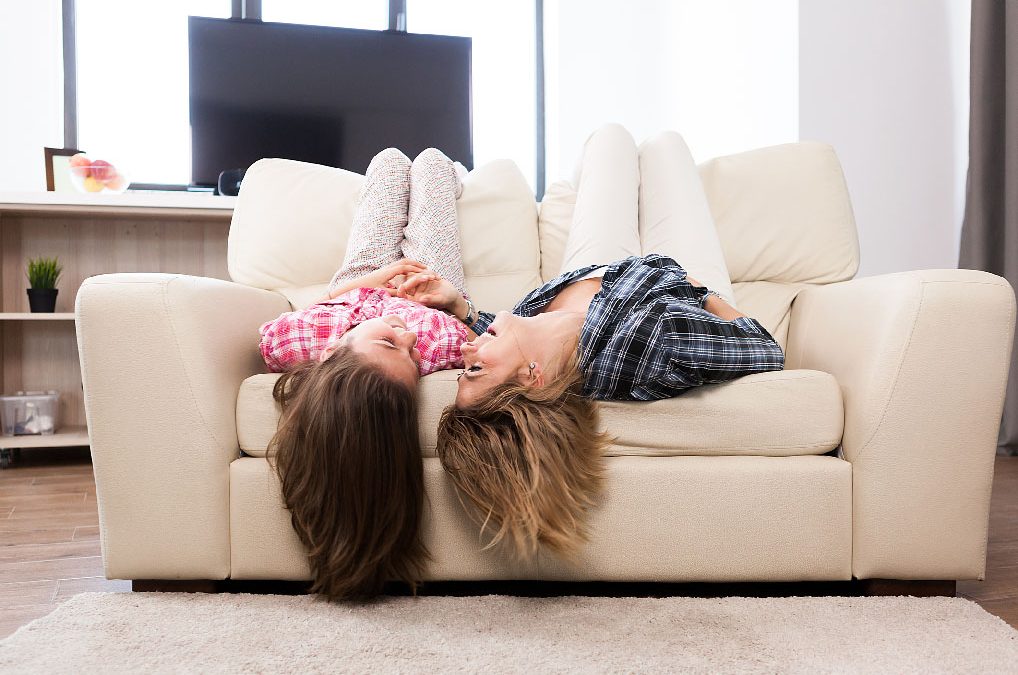If you have a child with attachment issues, you know better than anyone that well-established parenting strategies that have a history of success in many families, don’t tend to work with the wounded child. You have to parent outside the box, be creative and flexible as you raise your child. Make it your rule of thumb that if something doesn’t work, do different, not more of the same.
But, that’s easier said than done when you are parenting a challenging child. As parents, when we feel stress on a continuing basis and we feel overwhelmed, we go into survival mode. This means our brains get stuck in the limbic system, the emotional brain which regulates the human stress response (fight-flight-freeze). The adrenalin is flowing, the brain is primed for fight, and the part of the brain responsible for controlling rational thinking, problem-solving and creativity is unavailable to function normally.
At the same time, when a child has experienced ongoing threat due to abuse, neglect, and disrupted attachment, they are also stuck in their limbic systems. So, both child and the parent who is trying to help and teach them, are in a negative spiral where the ability to be inventive, constructive and resourceful is suppressed leading to destructive and shutdown behaviors.
The good news is that the skills and concepts of Corrective Attachment Parenting can enable you to move beyond the limbic brain to think logically and become creative — and help your child to do the same.
Your child is very predictable, repeating the same strategies, defenses, and patterns of behavior. Being creative interrupts negative patterns and leads to positive change. For example, an important aspect of creativity is humor. By learning to laugh with your child, you can reduce stress and create positive connections that will help you bond emotionally and get out of a negative rut.
Us your own style; don’t copy someone else. To be creative is to be genuine and authentic. Initially, as you learn to use new parenting skills, you may feel mechanical. Over time, however, you must put your creativity to work and make these strategies your own — fitting with your personality, values, and beliefs.


